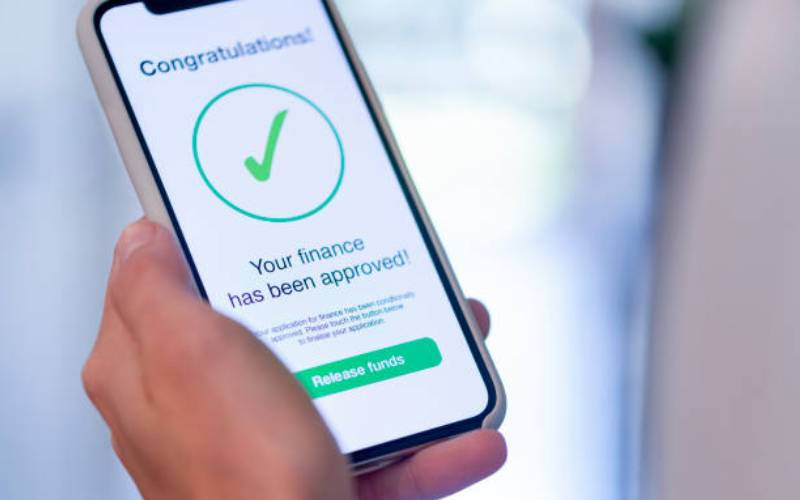×
The Standard e-Paper
Kenya’s Boldest Voice

Access to credit has evolved significantly over the last decade.
East Africa has been at the forefront of this evolution, setting the standard globally of how digital credit should work, especially with the goal of bringing traditionally excluded and underbanked populations.